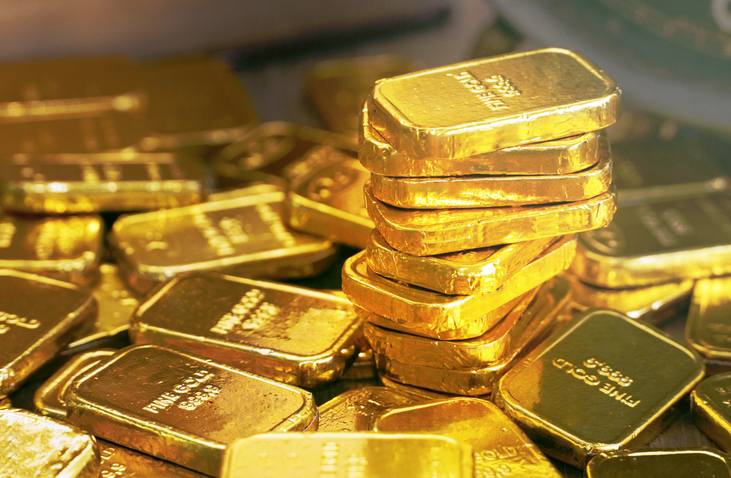If History Repeats, Gold Is Headed to $8,000
The comments below are an edited and abridged synopsis of an article by Jason Hamlin
The gold price bottomed in 2015 at around $1,050 per ounce. It has since advanced to a high of $1,555 in September, followed by a pullback. The $420 move from the bottom in 2015 represents a gain of 40% in just under four years.

This gain only scratches the surface of the potential move ahead. To understand why, Hamlin looks at the last two major bull markets in gold (1971—1980, and 2001—2011).
Gold’s current bull market cycle is nearly four years old, but it hasn’t broken out yet. The 40% move higher since the start of 2016 is a modest advance relative to the last two bull markets.
The price still needs to go up roughly 15x to match the 1970s bull market. Or it would need to go up another 5.5x (450%) to match the magnitude of gains from the 2001—2011 bull market.
Simply put, the gold price has an explosive move ahead if the current bull cycle is to come anywhere close to the magnitude of the past two bull cycles.
While we don’t have runaway inflation (yet), we do have factors that should support the gold price: record debt and deficits; a record-high debt-to-GDP ratio; falling interest rates; an expanding Fed balance sheet; global political unrest; elevated geopolitical tensions worldwide; a global de-dollarization movement; slowing economic growth; overvalued equity markets; a record low commodity-to-equities ratio; and a record-high total stock market cap to GDP ratio.
The conditions that caused gold to spike 20x in the 1970s are worse today. We have a massive derivatives issue and a corporate debt problem that are ticking time bombs. This grand experiment with fractional reserve fiat paper money being used as a world reserve currency is likely coming to an end.
As it does, people will move toward forms of money with a limited supply that are not controlled by centralized authorities. The legacy financial system is on the way out.

